List of Continents of the World
Jardin des Tuileries, Paris, France
List of continents - A continent is one of several very large landmasses of the world. Generally identified by convention rather than any strict criteria, up to seven regions are commonly regarded as continents. They are listed below: 1. Asia 2. Africa 3. North America 4. Europe 5. South America 6. Antartica 7. Australia/Oceania
Asia Africa North America Europe South America Antartica Australia/Oceania
List of Continents
Asia has 47 countries with an area of 43,820,000 square kilometers (sq km) which makes it the world's largest continent in the world. It is the most populous continent because it has 60% of the total world population.
Africa has 53 countries and it is the second largest continent with an area of 30,370,000 square kilometers (sq km). It has 14% of the world's population.
North America has 23 countries and dozens of small islands. It covers an area of about 24,709,000 square kilometers (sq km) and is the third-largest continent. It is the fourth in population.
Europe has 47 countries and it covers about 10,180,000 square kilometers (sq km) which is 2% of the Earth surface. It is the third-most populous continent with 11% of the world's population.
South America has 12 countries and three major territories covering an area of 17,840,000 square kilometers (sq km). It ranks fourth in area and fifth in population.
Antartica is the coldest and dryest of them all. This continent has an area of around 9,008,500 square kilometers sq km. Virtually no part of human population lives there.
Australia/Oceania is the smallest of all and has the lowest-lying human-inhabited continent. It covers 9,008,500 square kilometers (sq km) and about 1% of world population.
Geologically, the continents largely correspond to areas of continental crust that are found on the continental plates. However, some areas of continental crust are regions covered with water not usually included in the list of continents. Zealandia is one such area (see submerged continents below)
Islands are frequently grouped with a neighbouring continent to divide all the world's land into geopolitical regions. Under this scheme, most of the island countries and territories in the Pacific Ocean are grouped together with the continent of Australia to form a geopolitical region called Oceania.
By convention, "continents are understood to be large, continuous, discrete masses of land, ideally separated by expanses of water." Several of the seven conventionally recognized continents are not discrete landmasses separated completely by water. The criterion "large" leads to arbitrary classification: Greenland, with a surface area of 2,166,086 square kilometres (836,330 sq mi) is considered the world's largest island, while Australia, at 7,617,930 square kilometres (2,941,300 sq mi) is deemed the smallest continent.
Earth's major landmasses all have coasts on a single, continuous World Ocean, which is divided into a number of principal oceanic components by the continents and various geographic criteria. Read more...
Sources
http://www.movingplanets.com/world/continents/
http://www.wonderclub.com/Atlas/as__1867.htm
http://www.geographic-maps-search.com/Maps-of-Continents.html
https://en.wikipedia.org/Jardin-des-Tuileries.JPGwiki/Continent
Medford, Oregon, United States
Central Point, Oregon, United States
Grants Pass, Oregon, United States
Crater Lake National Park, Oregon, United States
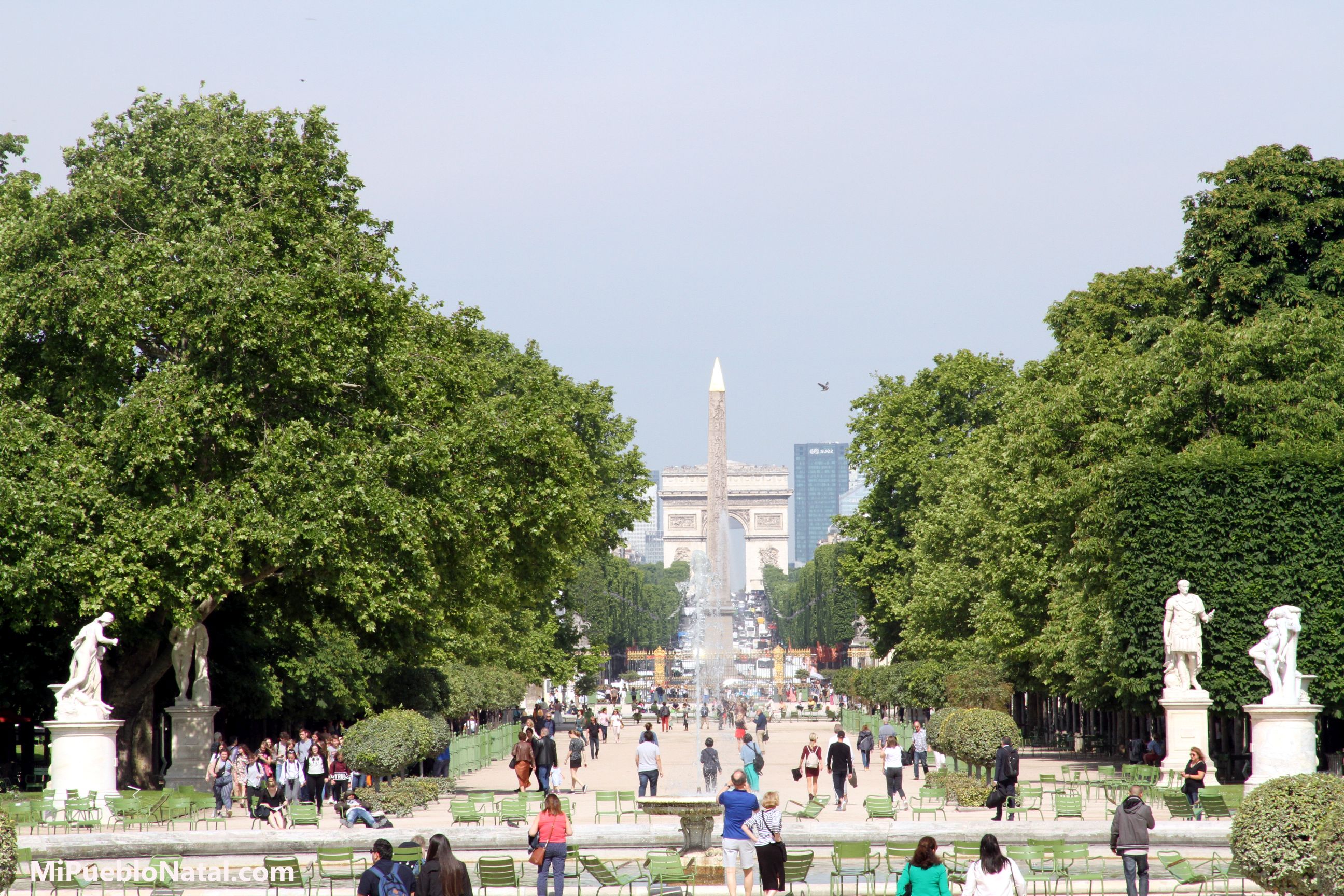





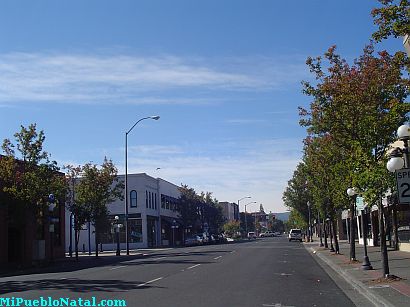
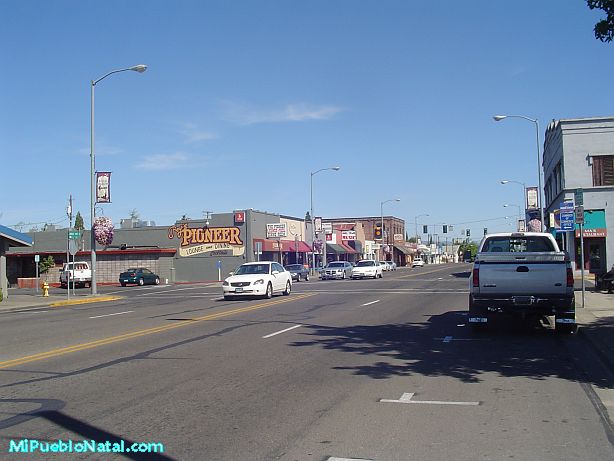
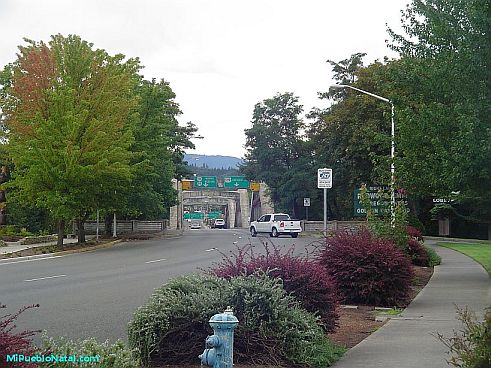
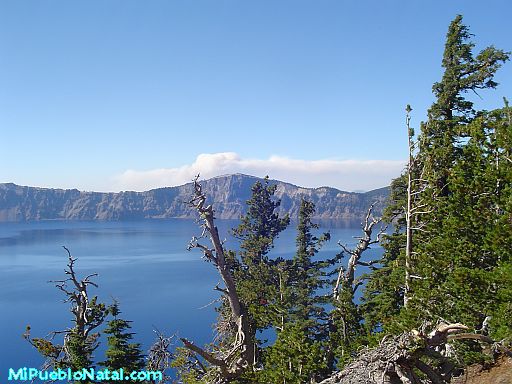

New!"